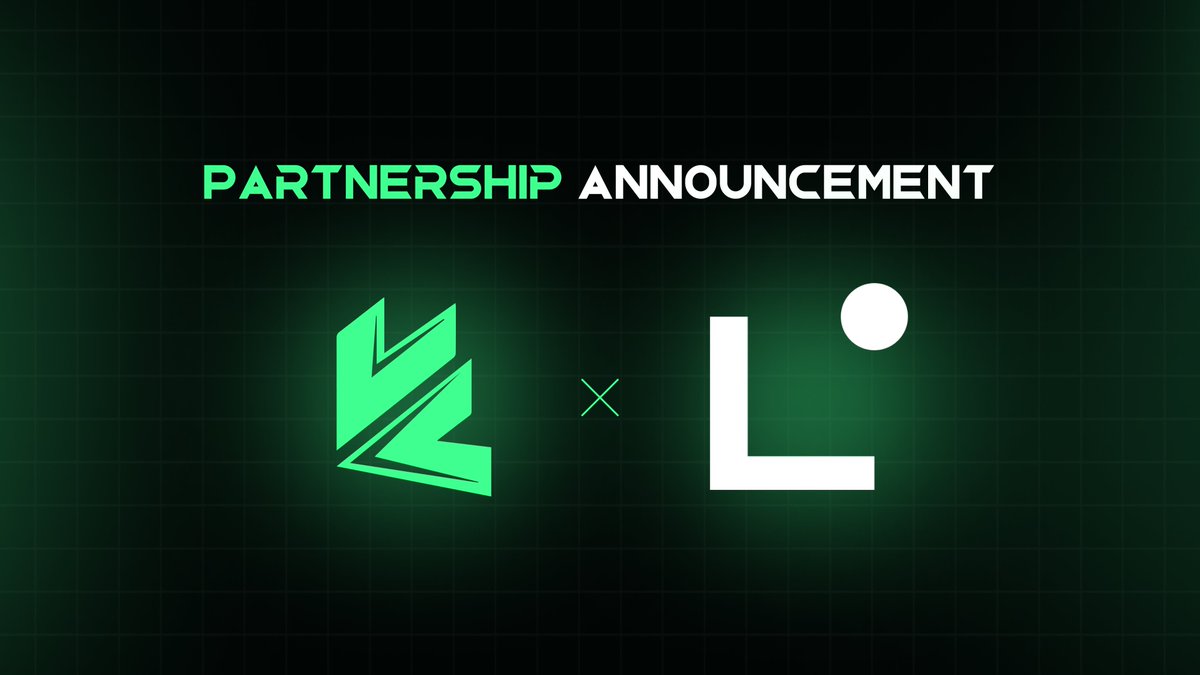AI has permeated nearly every facet of modern life, transforming industries, reshaping economies, and challenging traditional notions of creativity and intelligence. To grasp the current state and future trajectory of artificial intelligence, it is essential to explore its momentum, the risks inherent in its development, and the innovative breakthroughs it fosters.
The AI Boom: Momentum Driving Change Across Sectors
The past decade has witnessed an unprecedented surge in AI development, propelled by advances in computational power, access to large datasets, and breakthroughs in deep learning algorithms. From natural language processing and computer vision to autonomous vehicles and healthcare diagnostics, AI technologies are no longer niche tools but foundational components in many systems.
Commercial adoption exemplifies this momentum. Businesses are increasingly integrating AI to optimize processes, enhance customer experiences, and unlock new revenue streams. Examples include AI-driven recommendation engines on streaming platforms, fraud detection systems in finance, and personalized medicine approaches in healthcare. According to McKinsey’s 2023 report, over 50% of companies have embedded at least one AI capability into their workflows, reflecting robust confidence in AI’s potential.
Simultaneously, AI research flourishes with models growing exponentially in size and complexity—ranging from generative language models that write essays to generative adversarial networks (GANs) creating hyper-realistic images. This rapid proliferation is spurred by collaborative efforts across academia, industry, and open-source communities, accelerating innovation cycles.
Navigating the Risks: Ethical and Technical Challenges
Despite these gains, the AI landscape is fraught with challenges that demand vigilant attention. One central concern is ethical risk—how AI systems might perpetuate or amplify societal biases embedded in training data. For example, facial recognition algorithms have shown disparate accuracy across different demographic groups, raising alarms about fairness and discriminatory outcomes.
Another pressing challenge lies in model explainability. Many state-of-the-art AI systems operate as “black boxes,” where decisions emerge from opaque neural computations. This opacity complicates accountability, especially in high-stakes settings like medicine or criminal justice where understanding the rationale behind AI recommendations is critical.
Moreover, AI systems can be vulnerable to adversarial attacks. Slight modifications to input data can fool models into misclassifying or malfunctioning—a risk with possible dire consequences in autonomous driving or cybersecurity contexts.
There are also broader societal risks linked to AI’s economic impact, such as displacement of jobs and concentration of power among a few tech giants controlling vast AI infrastructures. These dynamics ignite debates about regulation, data privacy, and equitable access, underscoring the need for frameworks that balance innovation with responsibility.
Innovations Powering AI’s Future
At the same time, AI innovation is unlocking pathways that may mitigate risks and expand benefits. Explainable AI (XAI) techniques, for instance, enable greater transparency by providing human-interpretable insights into model operations. Efforts to integrate fairness metrics during model training actively combat bias, fostering more inclusive AI systems.
Hybrid models combining symbolic reasoning with neural approaches aim to imbue AI with better logic and common sense, potentially bridging gaps where pure data-driven methods stumble. Meanwhile, progress in federated learning offers privacy-preserving AI training by distributing computations across devices without centralizing sensitive data.
On a practical front, no-code and low-code AI platforms democratize AI development, empowering domain experts and non-programmers to build custom models quickly. This broadens participation and drives innovation, much like Ethereum’s ecosystem sees with tools like EnsoBuild simplifying blockchain development.
Furthermore, AI is increasingly augmenting human creativity rather than replacing it. Tools assisting music production, graphic design, and content creation illustrate a collaborative model where human intuition and AI computation synergize.
Synthesis: Balancing Potential and Prudence
AI’s trajectory is characterized by dynamic interplay between rapid technological advances and complex ethical considerations. The promise of AI lies in its ability to enhance human capability and solve intricate problems—from climate modeling to personalized education—yet this promise must be tempered by awareness of its vulnerabilities.
Stakeholders, including developers, policymakers, and users, face the challenge of crafting governance and technical solutions to maximize AI’s benefits while minimizing harms. Ensuring transparency, fairness, and accountability will be crucial for cultivating trust in AI systems. Simultaneously, fostering open innovation and inclusivity will prevent AI from becoming an exclusive domain of a privileged few.
The emergence of accessible AI tools encourages a more diverse pool of creators, spreading AI’s transformative potential across society. This mirrors broader technological revolutions where democratization of tools catalyzed waves of creativity and entrepreneurship.
Looking Forward: AI at a Crossroads
Artificial intelligence stands at a pivotal juncture. Its momentum shows no sign of slowing, yet the landscape is riddled with ethical and technical pitfalls that could undermine public trust and stall progress. How the global community navigates these challenges will determine whether AI becomes a force for widespread good or exacerbates existing inequalities.
The road ahead calls for robust collaboration between technologists, ethicists, regulators, and civil society to shape AI’s evolution thoughtfully. Innovations that deliver transparency, fairness, and privacy protection must be prioritized alongside performance.
Most importantly, adopting an inclusive vision that empowers diverse voices to contribute to and guide AI development will enrich these technologies and ensure they align with human values.
In the balance of immense promise and inherent risk, AI’s future is not predetermined. It depends on deliberate, creative engagement with the technological, social, and ethical dimensions shaping this transformative force.
—
Sources
– McKinsey & Company, “The State of AI in 2023: Adoption and Impact,”
https://www.mckinsey.com/business-functions/mckinsey-analytics/our-insights/the-state-of-ai-in-2023
– “Explainable AI” overview by DARPA,
https://www.darpa.mil/program/explainable-artificial-intelligence
– Research on adversarial machine learning vulnerabilities,
https://arxiv.org/abs/1811.00529
– Trends in no-code AI platforms, Forbes,
https://www.forbes.com/sites/forbestechcouncil/2024/01/15/how-no-code-ai-platforms-are-democratizing-artificial-intelligence
– Federated learning research by Google AI,
https://ai.googleblog.com/2017/04/federated-learning-collaborative.html





